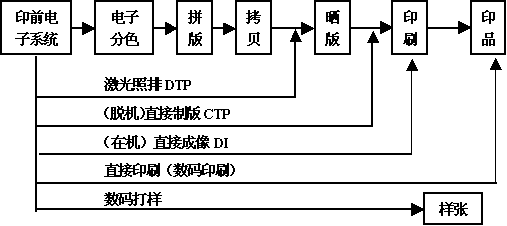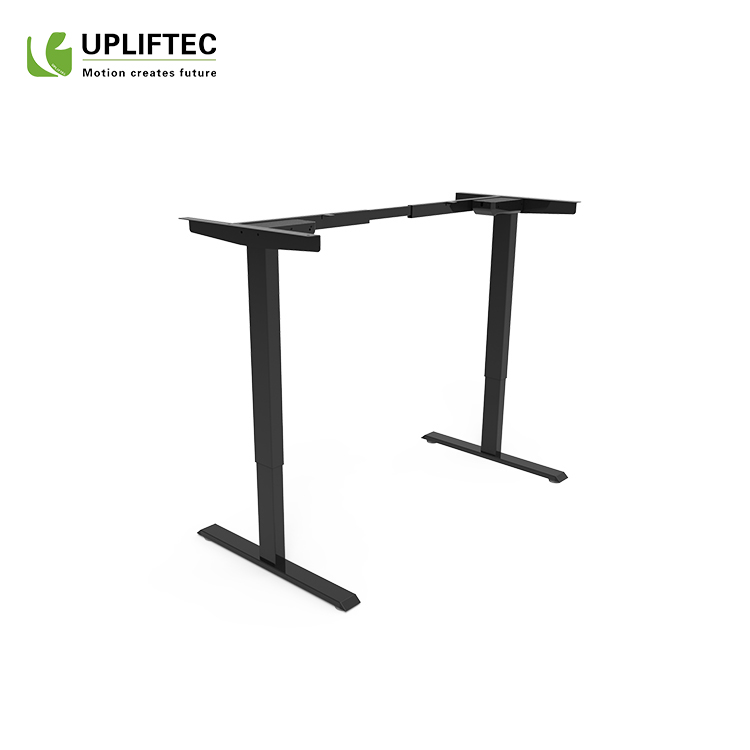The printing technology with a long history has undergone tremendous changes in the late 20th century. When human beings enter the era of information in which multiple kinds of communication media coexist, the development of science and technology has not only promoted the progress of printing and copying technology, updated the printing technology, but also expanded the space for print copy research. Reviewing the research on printing and copying technology in the past 20 years, each breakthrough progress has a profound technical background, which is the result of comprehensive application and development of multidisciplinary research results. With the rapid development of computer technology and informatization and networking technologies, variable printing technologies and equipment have become increasingly sophisticated, and the development of systematization, standardization, flow, digitization, and networking technologies for printing technologies is maturing.
First, the different output process of the prepress system

The development of graphic and text imposition technology can be divided into three categories: one is the color electronic whole-page imposition system, the second is the simple imposition system, and the third is the color desktop publishing system (hereinafter referred to as DTP). The former two are based on the electronic color separation machine and are mainly used to process images. They generally have vivid color display, higher computer operation speed and processing capability. The simple imposition system refers to having general imposition functions, such as masking and revision functions, while the functions of level correction, color correction, pixel editing, etc., need to be relatively complete in high-end systems. In color prepress, electrical extensions and color full-page imposition systems have always dominated, but they are powerless in mixing text and color images. With the popularity of color printing, the demand for printed materials is getting higher and higher. This requires a full-color imposition system to meet the development needs, and the advantages of DTP will be revealed.
1. Color Desktop Publishing System (DTP)
The term DTP (Desk-top Publishing) appeared in 1985. It is essentially a full-page imposition system that integrates text and images on a personal computer. Since the desktop publishing software has a Chinese character processing function and the establishment of a Chinese character PS library, China has the technical conditions for applying a desktop publishing system. After 1994, desktop publishing technology was first promoted in China's advertising production and design fields, and was widely used in newspapers, books, magazines, and packaging and printing industries.
2. Computer-to-plate (CTP) technology
CTP (Computer To Plate) refers to the process of outputting graphics and text directly to a printing plate through a computer. In the traditional plate making process, the production of the printing plate undergoes two processes of laser filming and outputting the film and manual spelling and printing. CTP technology does not need to make films, does not rely on manual plate making, the output plate has high repeatability, and the dot reducibility is good, and the preparation time can be shortened according to perfect overlay accuracy.
The CTP technology is actually an inevitable result of the digital development of the printing industry technology. CTP is no longer an isolated device or equipment. It is a complete system project. It needs the coordination of the supporting digital environment, control management technology, and equipment to realize its potential and advantages.
The scope covered by the CTP workflow has been extended from the front-end equipment to the printing press, and even extended to the post-press process, achieving a high degree of integration of the printing production system and integrated management and control of the production process. In this highly integrated production system, the traditional prepress, printing and postpress processes are connected by a computer network (+ digital media) as a whole (systematic seamless connection), and all kinds of equipment and equipment are used as integrated systems. Components are managed and controlled centrally at the system level, and all production information and product resources are seamlessly transmitted, exchanged, and shared among the various components of the system. Digital workflow and management will become the necessary conditions and the key to the operation of CTP technology.
(1) Digital Workflow
Due to the development of network technologies and digital technologies, in order to increase work efficiency, people use standardized workflow technologies to manage the prepress process. The promotion of workflow technology in China has its own unique approach. Most companies are aiming to achieve CTP output. Starting with the realization of digitization, digital photography, digital proofing, PDF output, color management, digital process management, and networking are gradually implemented. Transmission, and finally realize the whole process of digitization. In the process of digital workflow development, the following technologies play an important role.
â— PDF
As the image mode of the global standard Adobe system, PDF is a recording format developed by Adobe Corporation for reliable, consistent graphics, image, and text mixing technology.
In the prepress area, Post script Extreme and PDF combine to optimize the file workflow. As a page description language, Postscript describes the format of a printed page, and RIP can convert information into pixels to image it on the output medium. The structure of the PDF is very stable and accurate, so it can be easily read and the pages are independent. The PDF format is well-suited for the transmission of digital pages, and this transmission and delivery result does not depend on the software and hardware platforms that generate these digital pages. PDF files can be updated at any time. During processing, some device-related information such as trapping and folding can also be included in the file without rebuilding the entire file. It is suitable for any specific printer, and the future printing equipment will be the perfect environment with PDF workflow as the core. PDF as a standard will drive the future of the printing industry to a highly integrated and highly automated direction.
â— CIP3
In 1995, 26 prepress, print, and postpress companies in the world jointly established an international cooperative organization dedicated to achieving integrated computer control of prepress, printing, and postpress processes. The main purpose of the organization is to study and formulate a number of standard formats and to improve the quality of printed products, reduce costs and increase production efficiency with the concept of data-based process flow.
The process flow that conforms to the organization's standard format is called the CIP3 (Computer Integrated of Prepress, Press, Postpress) workflow. Before printing, CIP3 can implement document color management, trapping, fonts, documents, image management, imposition and ICC Profile generation and digital proofing machine proofing. In printing, CIP3 controls the amount of ink (ink expansion and conversion curve), register control, and color quality control (color color and density measurement) on the press. After printing, cutting and stapling control and bookbinding control are achieved by transmitting the parameters and information of cutting and stapling.
In 2000, the JDF Union and the original CIP3 alliance reached an agreement to join CIP3 and join the word "Process." The emergence of the JDF format is a new force that has prompted CIP3 to transition to CIP4.
â— RIP
In order to meet the requirements of high-speed and high-efficiency data processing before digital printing, RIP drives various output devices and undertakes heavy production tasks, such as trapping, layout, screening, and automatic image replacement (OPI). . At present, RIP has become the core of prepress production, which affects all aspects of the entire production process from color and document management to printing.
â— Color Management
Color management strives to maintain consistent color output from a variety of devices in the printing and copying process, such as scanners, color displays, digital proofers, and printers. In order to achieve consistent color conversion among various devices throughout the entire print reproduction process, the International Color Consortium (ICC) was formed in 1993 by eight major computer and electronic audiovisual developers. ICC decided to establish color management based on computer operating systems and use “ICC Profile†(color profile file) to complete color conversion between different devices. Any input or output device supporting this format can be accurately used between them. Color conversion. With only one ICC Profile per device, the system can easily manage colors.
(2) Status of CTP
In September 2001, the number of domestic CTP equipment was 61 sets. By March 2002, it had increased to 86 sets, including 51 sets in Guangdong and 2 sets in Henan; 63 sets for commercial printing and 23 sets for newspaper printing. The Trendsetter series of equipment jointly launched by Heidelberg and Creo accounted for 22 sets, Agfa's Polaris series accounted for 13 sets, and Creo's Lotem series accounted for 12 sets.
For the working population, sedentary is a common normal, all kinds of lumbar disease, cervical spondylosis "into" people's body, bring a lot of trouble to people. Sitting for more than 2 hours without standing up and changing sitting posture is considered as sedentary.
Stand up desk is of great help to healthy office, and modern people's demand for health is also growing. Fully stand in the perspective of users to think about the problem, and the lifting desk with freely adjustable height can bring users a new experience of healthy office.
stand up desk can adjust the height of the desk according to its own needs, so that it can work in the most comfortable state.

Stand Up Desk,Motorized Standing Desk,Stand Up Computer Desk,Ergonomic Stand Up Desk,Adjustable Desk
Suzhou Uplift Intelligent Technology Co., Ltd , https://www.uplifting-desk.com